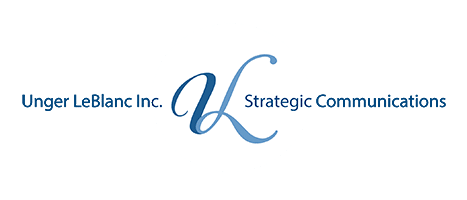I went to the grocery store to pick up one or two healthy ingredients for the vegetarian chili Barb was preparing for supper.
I also came home with a chocolate bar that had been beckoning from the shelves next to the supermarket tabloids along the check-out aisle. Dark chocolate and sea salt. Two of my favorites.
I had no intention of buying myself a chocolate bar, but it spoke to me because I was hungry.
That’s the way it is with impulse buys. They’re mostly unnecessary and often inexpensive — with a few exceptions (like that new car you’ve been thinking about for months and then you somehow find yourself at the dealership during a Presidents Day sale).
But most of us, regardless of income, try to spend our money judiciously, and we take convincing — especially if a marketer is trying to convince us to switch from a trusted brand to one we don’t know.
Try prying consumers away from these brands. I bet I don’t even have to name the product because you are already so familiar with the brand and messages associated with them:
“Breakfast of Champions” (Hint: it’s not Budweiser and it’s been in use for almost 90 years)
“It’s the real thing.” (Nope, it’s not Hair Club for Men).
“Just do it. (If you don’t know this one, you must live underwater).
“Fifteen minutes could save you 15 percent or more on car insurance.” I prefer the lizard with the Australian accent, but that’s just me.
How did these become so second nature to us that we are not at all surprised when our 4-year-old starts singing a jingle in the backseat of the car on the way home from pre-school?
Repetition. (Some marketers suggest it takes as many as 20 repetitions to close a deal with a customer).
When we undertook a campaign for one of our clients in the alternative energy industry — a complicated field for those of us who aren’t scientists or public utility executives — we broke it down into a series of simple questions about the potential merits of offshore wind — all with the same seven-word answer. And we pushed the campaign in print, on the radio and via Twitter and Facebook. It has reached nearly 200,000 people to date, and thousands reacted to it, hundreds shared it, and traffic got a big boost on the organization’s website.
Simple, clear messages, repeated again and again are what create your brand. And once you have established it, hold on tight because it is your single greatest asset.
— BOB UNGER
